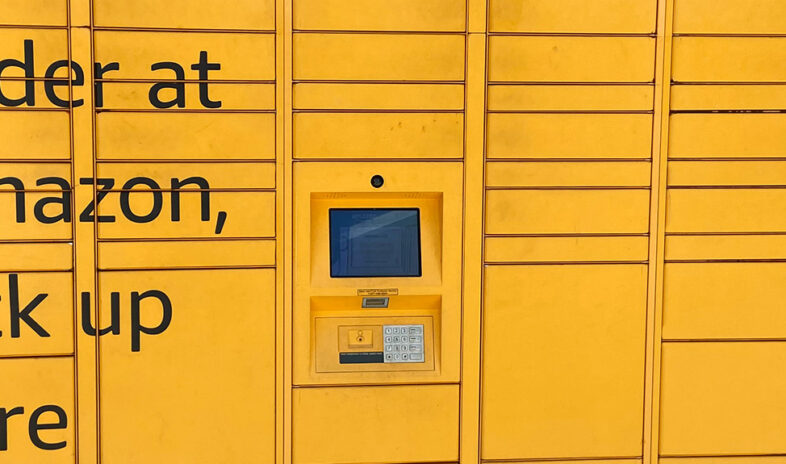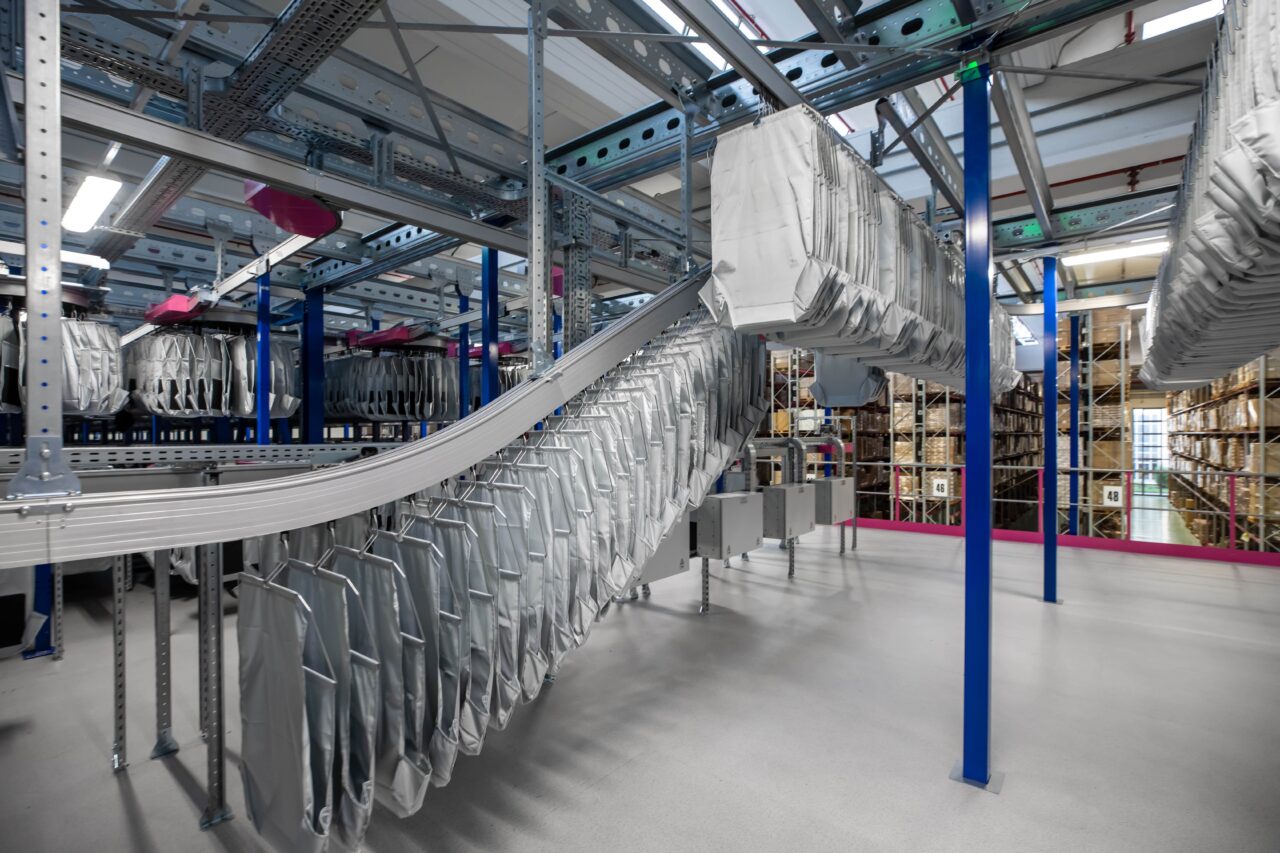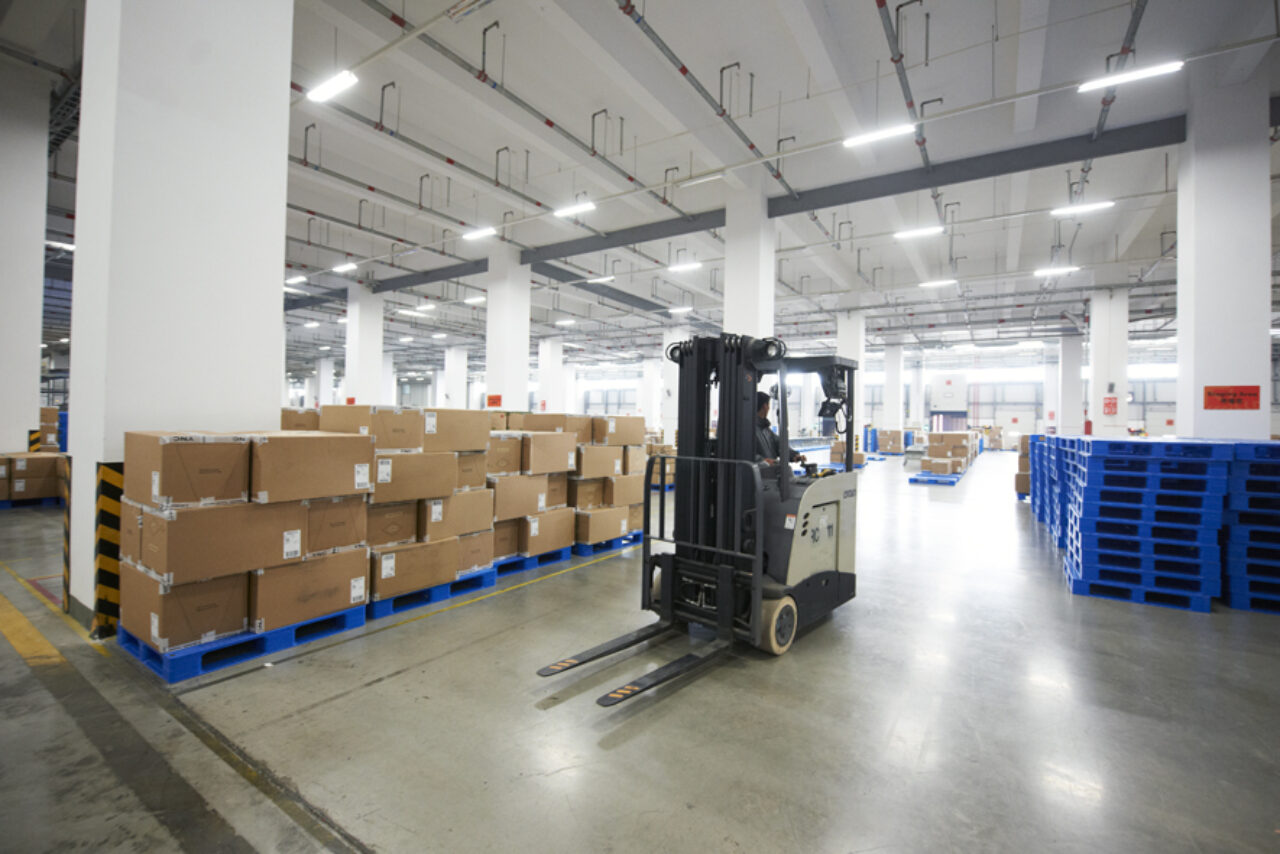The 3PL is responsible for identifying inefficiencies or bottlenecks, recommending ways to optimise the system, as well as guiding the system design process to meet the specific needs of the department store. It is also in charge of testing – working alongside the suppliers – and ensuring peak schedules could be met, as well as maintenance of the equipment.
Dematic, BEUMER Group and other suppliers work with the 3PL to improve on the design, assist with the testing and train the 3PL staff, using their expertise and knowledge of their separate systems and equipment. BEUMER Group also supplies the 3PL with visualisations of standard reports using data analytics to examine the operations of the pouch system and to recommend any improvements.
Why the joint venture makes sense
The 3PL was already working for the department store, but once the joint venture arrangement was settled, it took over from the previous 3PL and now performs all of the store’s order fulfilment operations. The general managers of both companies are involved in the joint venture structure.
Both parties stand to gain
The arrangement is convenient for both parties: the department store chain is focussing on its core business to strengthen its market position, while the logistics operator is focussing on the excellence of the store’s logistics operation. Therefore, both parties combine their focus, expertise and excellence in their respective fields of business creating a perfect business solution.
The partnership constellation also makes sense as the department store (traditionally a retail store-only business) has moved more into e-commerce and the 3PL has been able to develop a system to handle omnichannel distribution, delivering to both the chain’s stores and its consumers. For the department chain, this has meant moving its entire e-commerce to the 3PL instead of trying to do it from its stores.
The case illustrates that partnership systems are determined by the kind of knowledge a company has in-house and the type of business model it has adopted.
The success of the joint venture
The joint venture structure has been successful for a number of reasons.
The arrangement has created a closer partnership between the two parties. Their IT systems are integrated through a standardised interface solution, they are more open to each other with greater levels of transparency and they assist each other strategically. They have a great incentive to do so. One party’s success will impact the other party, so the joint venture provides a strong motivation for mutual improvement and mutual success.






